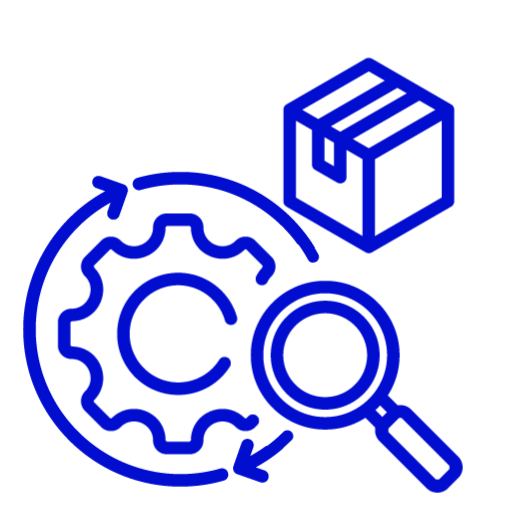Stability Testing Software
Empower Regulated Industries with
AmpleLogic Stability Testing Software
Streamlined Stability Testing Solutions with AmpleLogic
AmpleLogic Stability Testing Software offers a comprehensive solution tailored to meet the stringent demands of stability testing in regulated industries. This advanced software streamlines every aspect of stability studies, from protocol definition to sample tracking, scheduling, data recording, and analysis. With customizable protocols, automated scheduling, and integration capabilities, AmpleLogic ensures efficient management of stability testing processes while maintaining regulatory compliance.
AmpleLogic Stability Software Features
Protocol Definition
Customize stability protocols with ease.
Sample Incubation Tracking
Effortlessly monitor sample incubation and location.
Schedule Calendar
Stay on track with automated scheduling and reminders.
Test Result Recording
Record and analyze stability test results efficiently.
Discontinuation Management
Simplify the process of discontinuing stability studies.
Integrations
Seamlessly integrate with existing systems for enhanced workflow.
Comprehensive Reporting
Generate a Stability Study report along with Trend analysis of each parameter based on intervals.
Error Reduction
Minimize data integrity errors with automated processes.
Customized Dashboard
Customizable dashboards to go directly to the most important modules, reports or infographics.
Chamber & Tray Availability Status
Easily check chamber usage status and plan your stability studies
Unlock the Benefits of AmpleLogic Stability Software
Ensure accurate tracking of stability samples.
Streamline testing processes for increased productivity.
Meet regulatory requirements effortlessly.
Minimize data integrity risks with automated solutions.
Access insightful reports for informed choices.
Hear From Our Customers
Frequently Asked Questions
Can AmpleLogic Stability Software handle various stability study protocols?
Yes, our software allows for customization of stability protocols to meet your specific needs.
How does AmpleLogic ensure data integrity in stability testing?
Our software automates processes, minimizing the risk of data integrity errors inherent in manual methods.
Can AmpleLogic Stability Software integrate with other systems?
Absolutely, our software seamlessly integrates with ERP, LIMS, and other systems to enhance workflow efficiency.
Does AmpleLogic Stability Software offer comprehensive reporting capabilities?
Yes, our software provides detailed reports for thorough analysis and decision-making.
How can I schedule a consultation to learn more about AmpleLogic Stability Software?
Simply click on the “Schedule a Consultation Now” button or contact us directly to book a consultation with our experts.
Contact us
Your Pharma Automation Starts Here
We’re here to address your inquiries and assist you in identifying the solutions that best align with your requirements. Here’s why choosing us is your strategic advantage:
Your benefits:
- Client-oriented
- Independent
- Competent
- Results-driven
- Problem-solving
- Transparent
What happens next?
1
Schedule a call at your convenience
2
Discovery and consultation session
3
Get your custom proposal



























